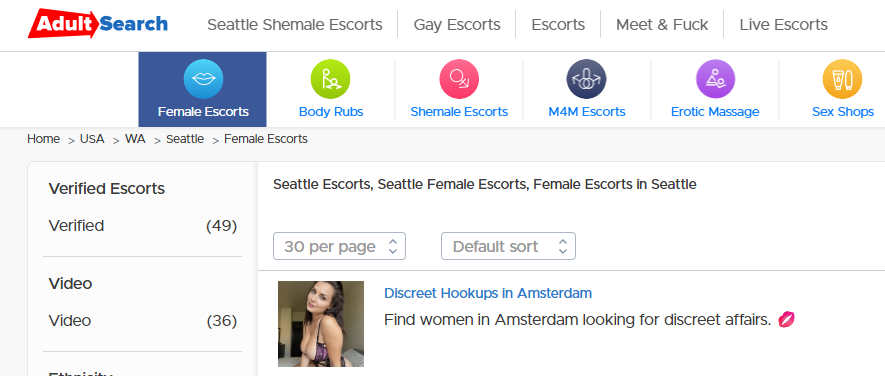DAKAR LATE‑NIGHT CITY GUIDES
Dakar’s late hours center on Almadies, Ngor, Plateau, Mermoz, and Ouakam, with active venues, steady taxi access, and food stands that work well past midnight. For a brief cross‑reference with Francophone nightlife routes that sets a neutral baseline for tone and expectations, the mention of escort montpellier helps frame an external benchmark for tempo and social codes before the focus returns to Dakar’s layouts, hours, and music formats.

Neighborhoods that stay open
Almadies and Ngor. Route des Almadies concentrates bars and lounges that extend activity from evening into early morning, with peak club hours usually between 2:00 and 3:30 a.m., while Ngor adds compact beach bars and quick food counters that maintain consistent late service.
Plateau and downtown. Plateau presents fewer venues with a focus on select live sets and after‑work spots that may keep a crowd until late evening, and the main boulevards retain taxi and kiosk activity past midnight even as side streets quiet earlier.
Mermoz and Ouakam. Mermoz hosts mid‑size lounges with stable sound systems and mixed playlists, and Ouakam includes discreet rooms near the coast that attract regulars during late hours.
Music formats and live sets
Core playlists. Afrobeat, amapiano, coupé‑décalé, ndombolo, and afropop dominate most nights, with DJs frequently adding US and French hip‑hop, dancehall, zouk, and occasional house or techno segments during busy windows.
Live performances. Live bands rotate between Plateau and selected lounges in Almadies and Mermoz, with start times often before midnight and extensions into the first hours after, depending on bookings and turnout.
Movement and typical timings
Taxis and apps. Yellow‑black taxis operate through the night with negotiated fares set in advance, while ride‑hailing apps accept requests more quickly in Almadies and Plateau than in peripheral zones after 2 a.m.
Travel windows. Almadies to Plateau typically takes 20–35 minutes at night subject to flow along the Corniche Ouest, and short hops within Almadies or Ngor usually take 5–10 minutes, with weekend checkpoints or roadworks adding occasional delays.
Late‑night food without guesswork
Street options. Brochettes, fataya, thieb sandwiches, nems, and akara appear near busy corners and exits from popular rooms, and service remains fast between midnight and 3 a.m. due to steady turnover.
Sit‑down plates. Almadies keeps kitchens open later on weekends with grilled fish, yassa, and seafood plates, while Ngor maintains shawarma and pizza counters until foot traffic drops after peak club hours.

Crowd flow and door rules
Peaks and tapering. Bars fill between 11 p.m. and 1 a.m., dance floors reach maximum between 2 a.m. and 3:30 a.m., and activity decreases around 4 a.m., with extended hours during special bookings or holiday periods.
Entry expectations. Smart casual fits most rooms, and selective entry may apply on capacity nights, which leads to quicker lines earlier than 1:30 a.m.
Prices and payment habits
Covers and tables. Many venues waive cover early and switch to paid entry or bundled drinks later, and larger rooms lean toward table service at peak with bottle lists available on request or posted.
Payment mix. Cash remains common across bars and food stands, card readers appear in higher‑end venues, and mobile money usage exists but is not universal, so alternatives are practical during terminal downtime.
Safety and practical points
Movement awareness. Main roads remain active late, while secondary streets quiet earlier; phones should be kept secure in crowded areas, marked taxis are preferable after closing, and ATMs are best approached with awareness during very late hours.
Checkpoints and noise rules. Police checkpoints occur intermittently on weekends, especially late at night, and residential noise constraints in parts of Almadies and Mermoz shift louder rooms toward better‑insulated spaces.
Compact reference list :
- Late hubs: Almadies, Ngor, Plateau, Mermoz, Ouakam.
- Night sounds: afrobeat, amapiano, coupé‑décalé, ndombolo, afropop, plus hip‑hop and dancehall.
- Live sets: earlier starts, variable rotation across Plateau, Almadies, Mermoz.
- Street food: brochettes, fataya, thieb sandwiches, nems, akara, plus shawarma and pizza in Ngor.
- Peak time: 2:00–3:30 a.m.; Thursday begins the rise; Saturday is busiest.
- Transport: taxis all night; faster app pickups in Almadies and Plateau.
- Payment: cash prevalent; cards in upscale rooms; mobile money partial.
- Entry: light selection on busy nights; earlier arrivals reduce wait.
- Venues: open‑air terraces vs enclosed rooms with stronger bass.
- Exit flow: food stands near corridors out of Almadies and Ngor until activity declines.
Rooms and sound detail
Open‑air versus enclosed. Ocean‑side terraces provide cooler air and lower crowd density, while enclosed clubs maintain more consistent low‑frequency response and stable lighting cues that support DJ transitions during peak windows.
Set structure. DJ pacing often moves from mid‑tempo afrobeats toward higher‑energy amapiano and ndombolo, with afropop sing‑along sections during the busiest hour and tighter transitions after 2 a.m. as rooms reach capacity.
Concluding thoughts
Dakar’s late hours concentrate in a few neighborhoods, with contemporary African genres setting the tone and taxis covering predictable night routes along the Corniche Ouest. Late food stands and kitchens keep pace with peak periods, and selective entry plus rotating live schedules define the flow.
Almadies runs the longest, Plateau adds central live sets, and Ngor offers compact late counters near the coast. Music centers on afrobeat, amapiano, and related styles, while live acts start earlier than peak DJ slots.
Cash is primary, cards appear in upscale rooms, and mobile money is partial. Weekend nights bring occasional police checkpoints, and night travel is usually quicker, with delays tied to roadworks or event closeouts.
Peak crowds land at 2:00–3:30 a.m., Thursday starts the rise, Saturday is busiest, and dense venue clusters plus consistent food access keep activity steady until the early‑morning taper.


